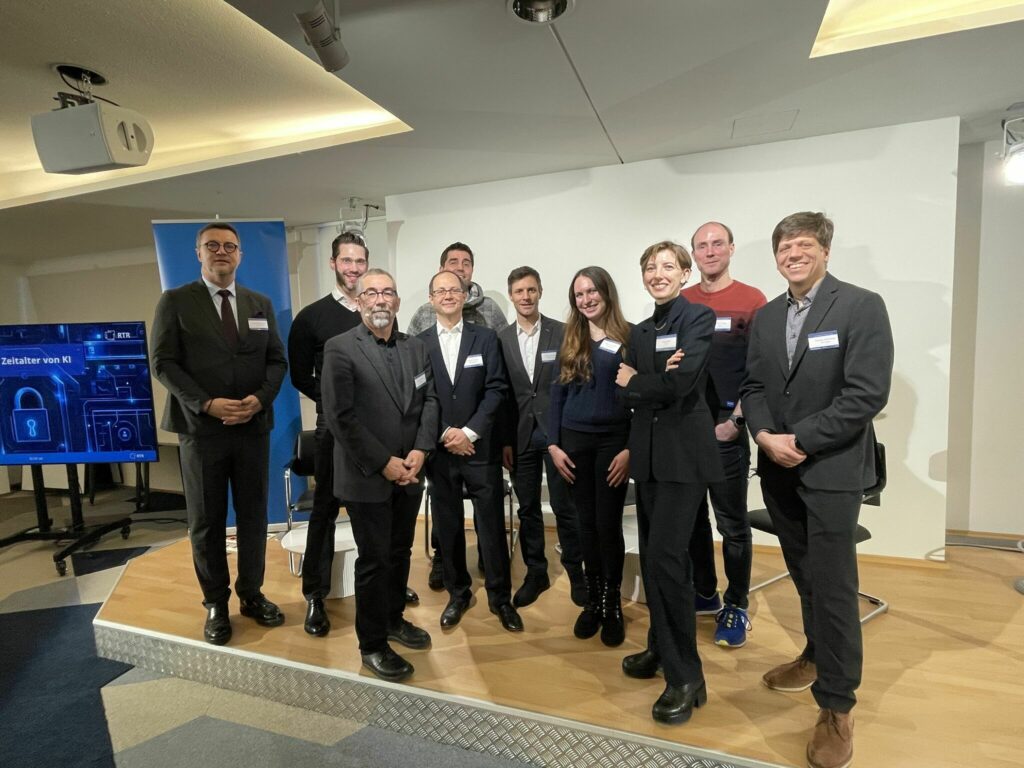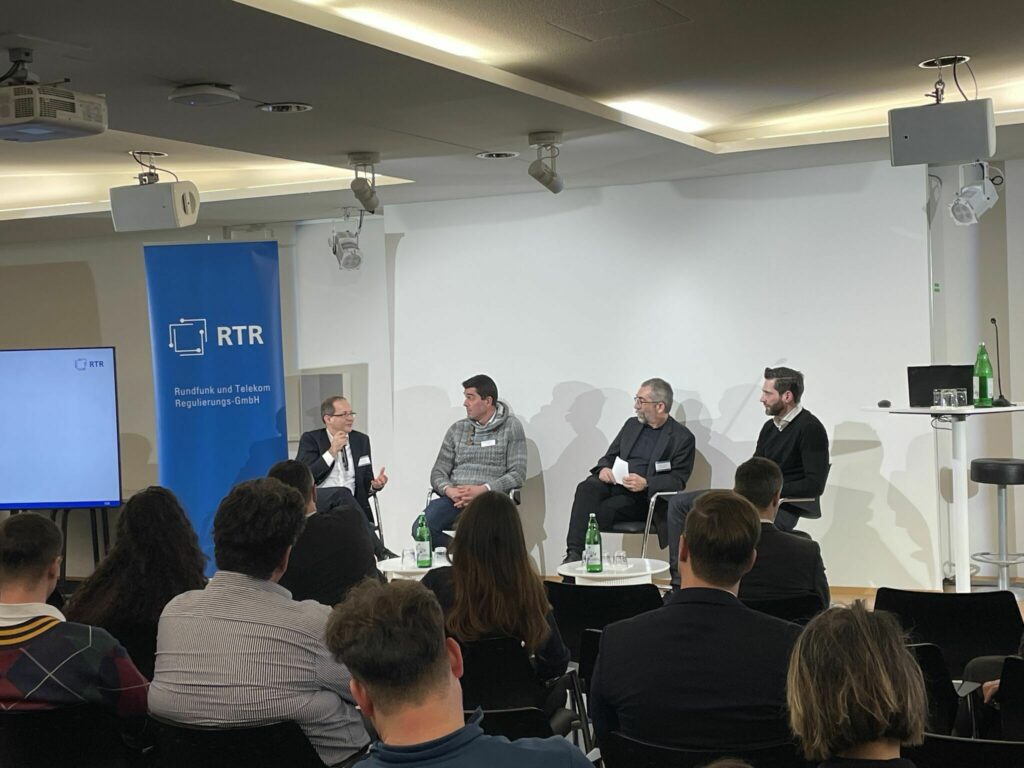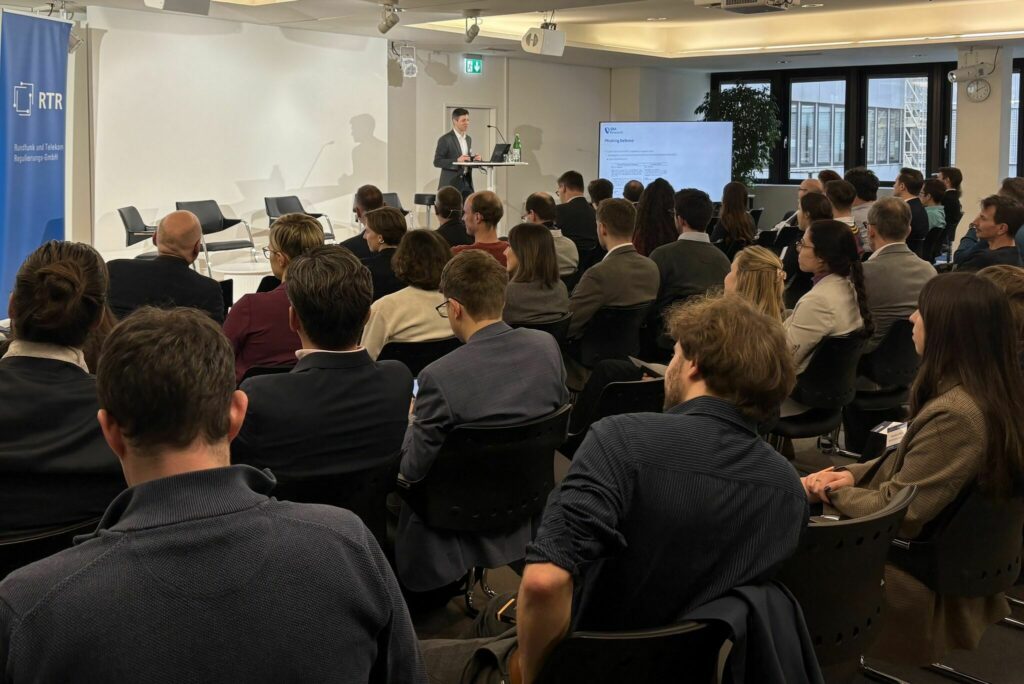New SBA & RTR-Study on Artificial Intelligence in Cybersecurity – Opportunities and Risks
For decades, AI systems have been used to defend against cyberattacks. However, modern AI, particularly generative AI, not only strengthens defense mechanisms but also introduces new attack methods. A study conducted by SBA Research on behalf of RTR examined the latest advancements in cybersecurity from both offensive (Red Team) and defensive (Blue Team) perspectives. Rudolf Mayer, senior researcher at SBA Research, and Andreas Ekelhart, key researcher at SBA Research, shared their findings.
The panel discussion also explored the European cybersecurity strategy led by ENISA. The experts
- Gerald Dißauer (A-SIT)
- Joe Pichlmayer (IKARUS)
- Rudolf Mayer (SBA Research)
exchanged views on the opportunities and challenges of AI in cybersecurity.
Additionally, Andrew Lindley (AIT) and Julia Krickl (ÖIAT) introduced the Fake-Shop Detector, an AI-powered tool designed to promote safe online shopping.
Summary
Cybersecurity is a key challenge in an increasingly digital and interconnected world. The Austrian Federal Ministry of Defense highlights the dangers of cyberattacks, alongside military conflicts, in its Risk Report 2024. A 2024 study by KPMG found that nearly all surveyed Austrian companies had been affected by cyber threats such as (spear) phishing, malware, and social engineering.
Given the growing complexity and diversity of cyber threats, traditional security approaches are often no longer sufficient. To address this issue, there is increasing discussion about the expanded use of artificial intelligence (AI) in cybersecurity. AI enables the analysis of large datasets, pattern recognition, and anomaly detection, providing a significant advantage in early threat detection. Additionally, AI can automate responses to cyberattacks. However, AI is also being leveraged by attackers to enhance, automate, and refine their attacks. Sabotage and disinformation campaigns—particularly those involving deepfake attacks—illustrate the risks associated with AI being used by malicious actors.
This brief study examines both the opportunities and risks of AI in cybersecurity, exploring defensive strategies as well as potential AI-driven attack methods. It also includes expert insights from industry and research on the current use of AI by both defenders and attackers.



© RTR